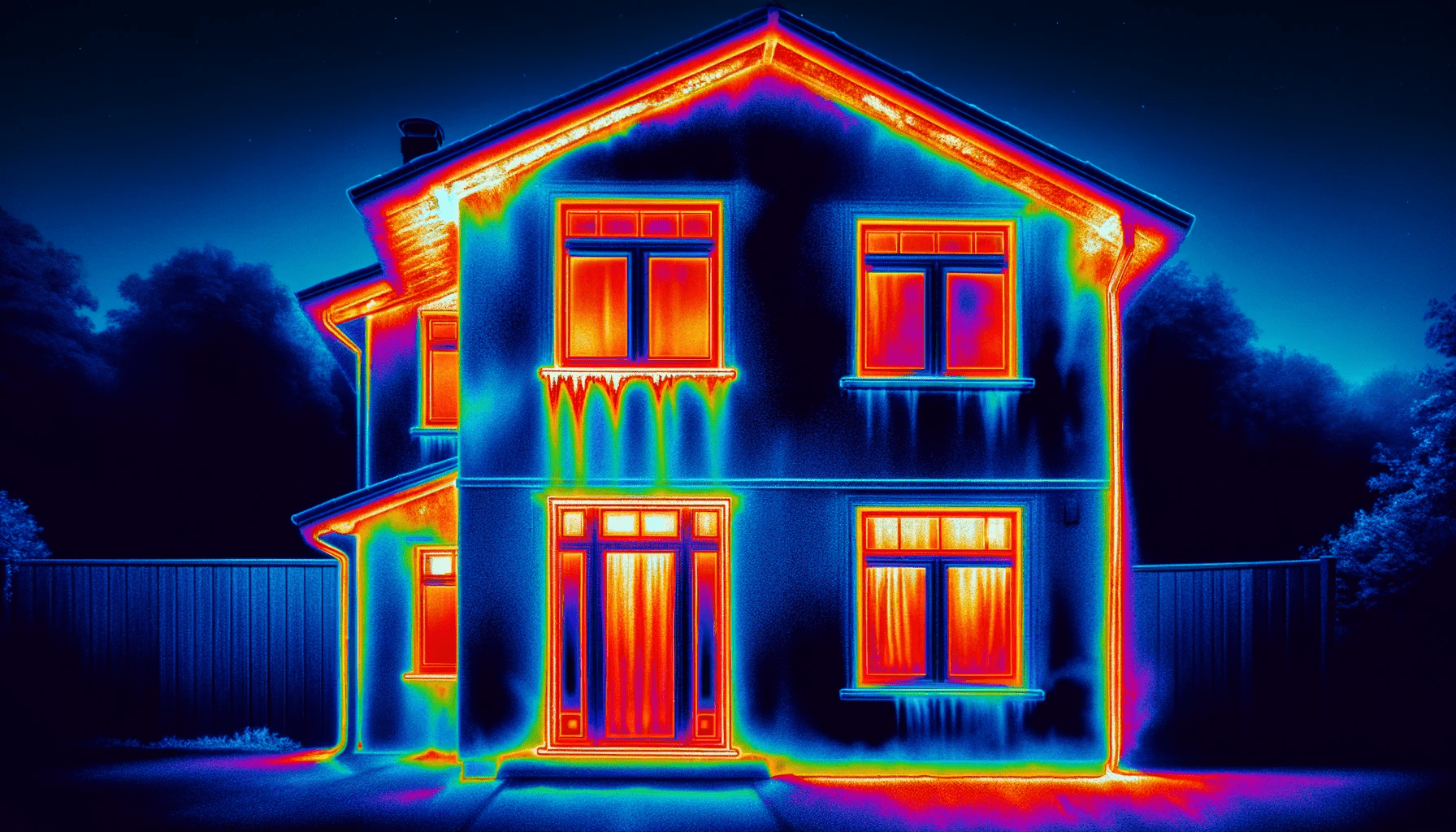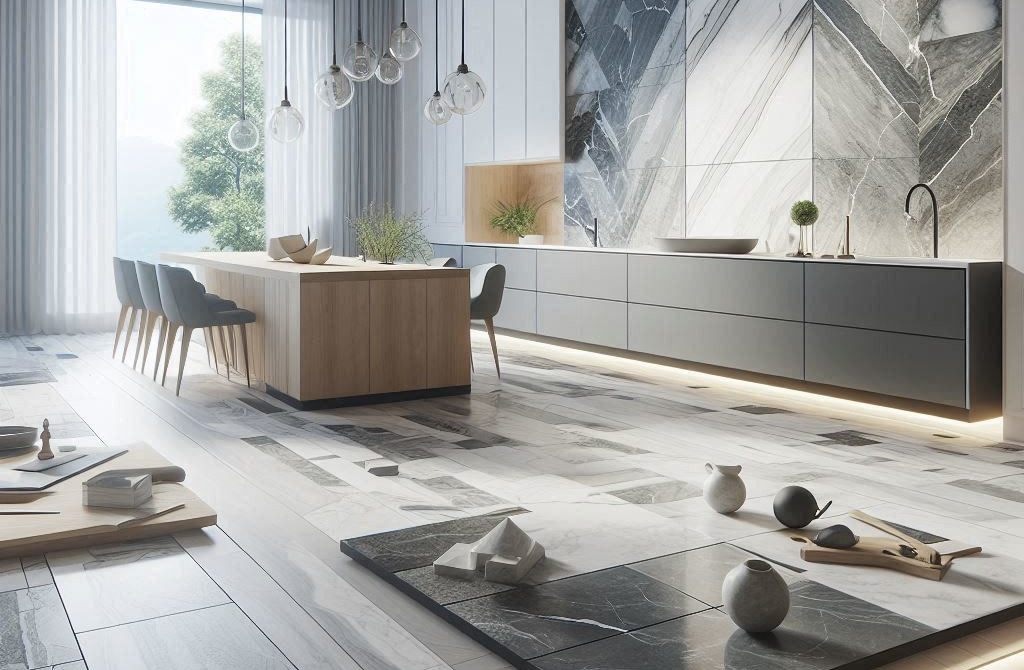Energy efficiency has become a cornerstone of modern home design, directly influencing both environmental sustainability and household expenses. Advanced porcelain materials have emerged as a transformative solution, significantly enhancing a home's energy performance while offering contemporary aesthetic appeal.
The Role of Building Materials in Energy Efficiency
The selection of building materials is critical in determining a home's thermal performance. Materials that provide effective insulation reduce the need for excessive heating and cooling, leading to lower energy consumption and costs.
Porcelain Panels: Elevating Home Energy Efficiency
Porcelain panels contribute to energy efficiency through several mechanisms:
Superior Thermal Insulation: When used in ventilated façade systems, these panels create an air gap that enhances thermal insulation, maintaining comfortable indoor temperatures throughout the year.
Reflective Properties: The surface of porcelain panels reflects a significant portion of solar radiation, reducing heat absorption and minimizing cooling requirements during warmer months.
Low Thermal Mass: Unlike traditional materials that retain heat, porcelain panels have low thermal mass, allowing for quicker temperature regulation within the home.
Real-World Impact
Homeowners who have integrated porcelain panels report tangible benefits:
Reduced Energy Bills: Proper insulation can lead to substantial reductions in heating and cooling costs. Users of porcelain panels have experienced significant savings, depending on installation quality and climate.
Enhanced Comfort: Consistent indoor temperatures contribute to improved living conditions, reducing reliance on HVAC systems.
Incorporating advanced Artekk Porcelain Panels into home design is a strategic move towards achieving superior energy efficiency. Beyond their aesthetic appeal, these materials offer functional benefits that translate into cost savings and environmental stewardship.








